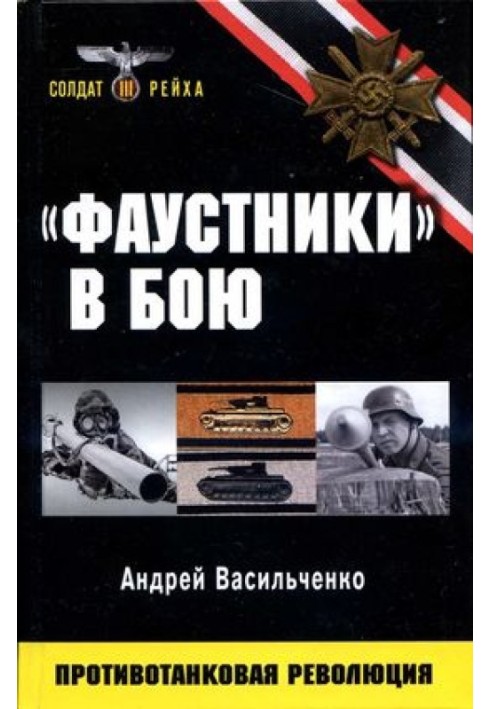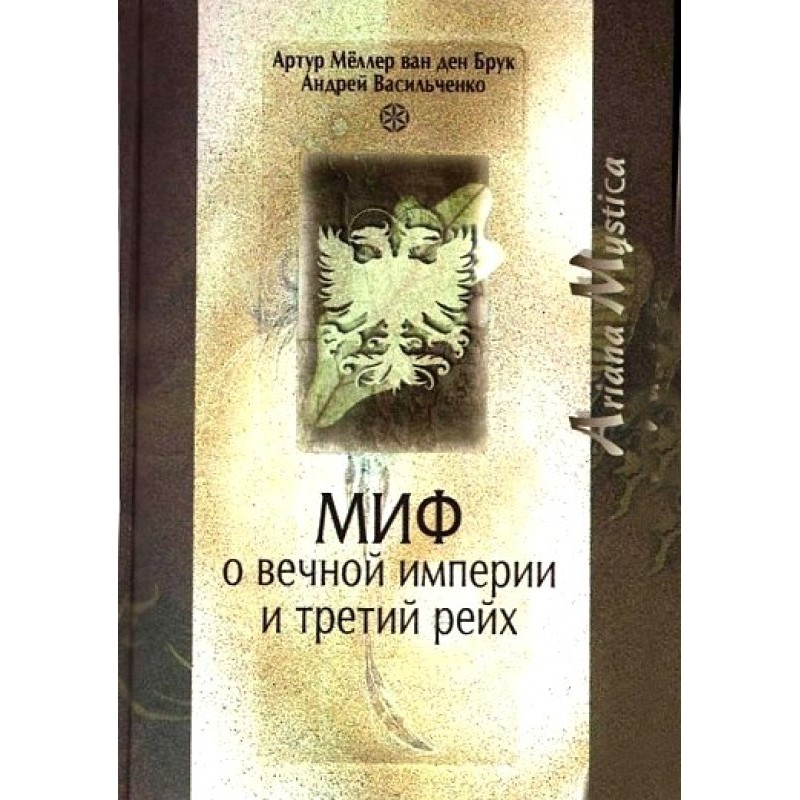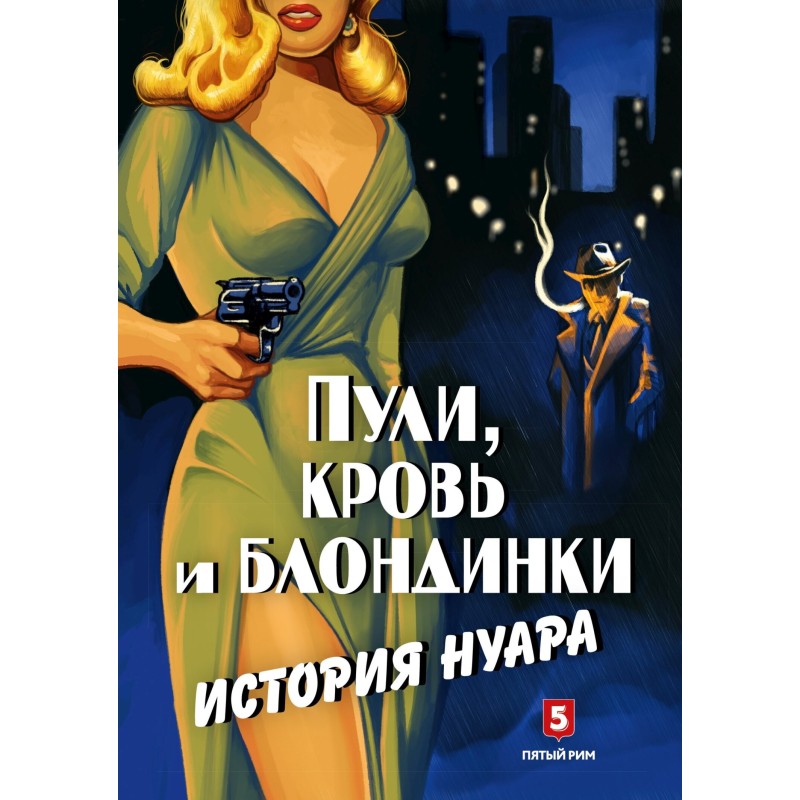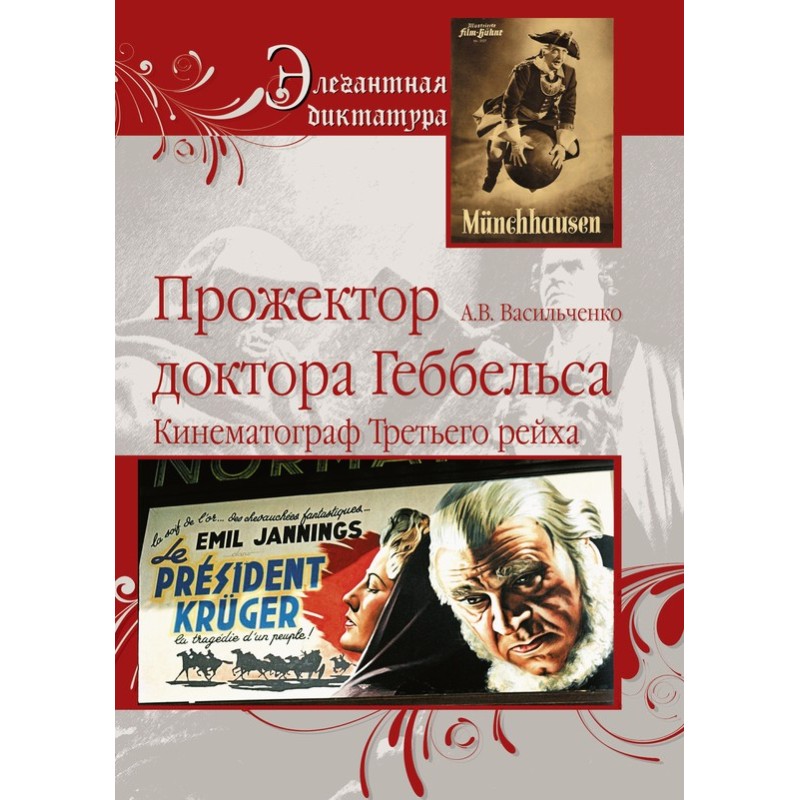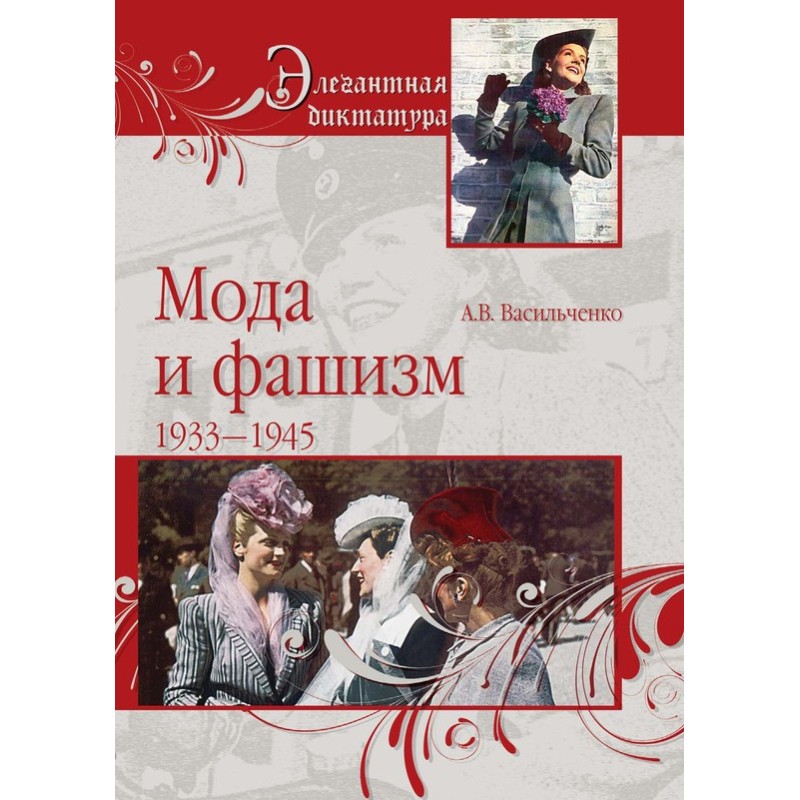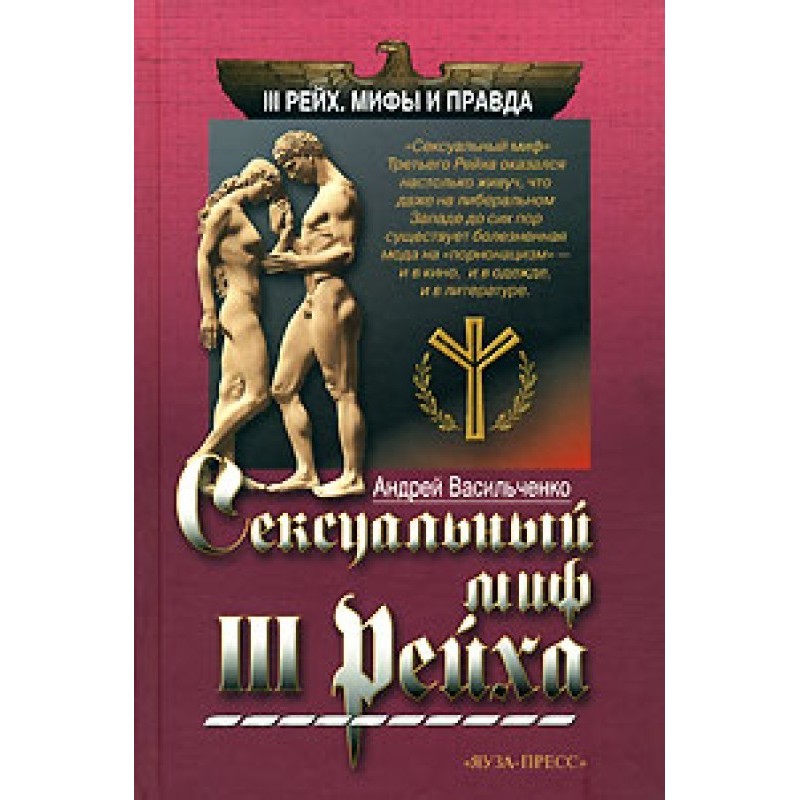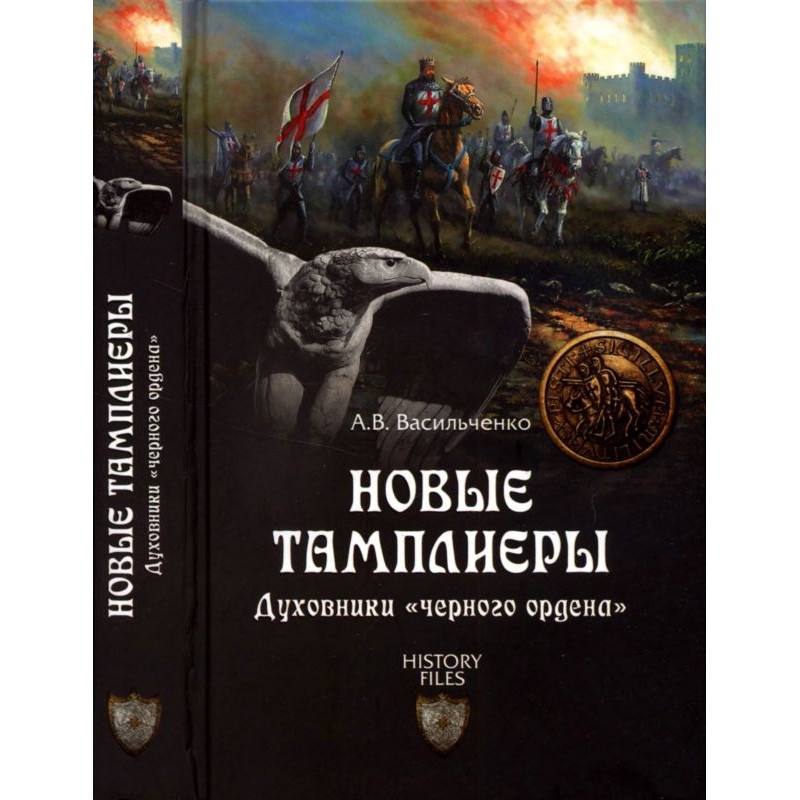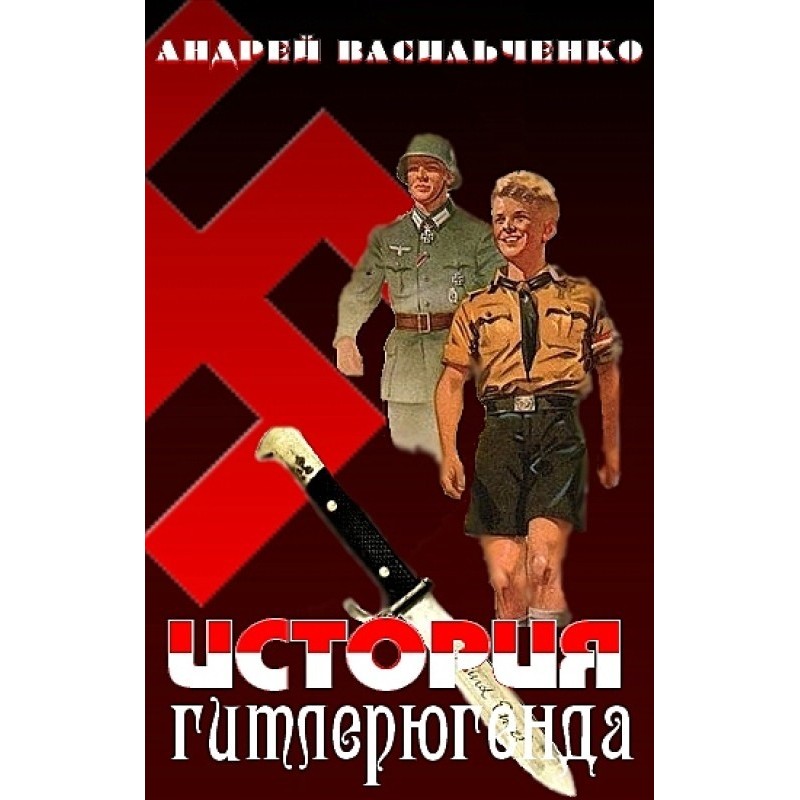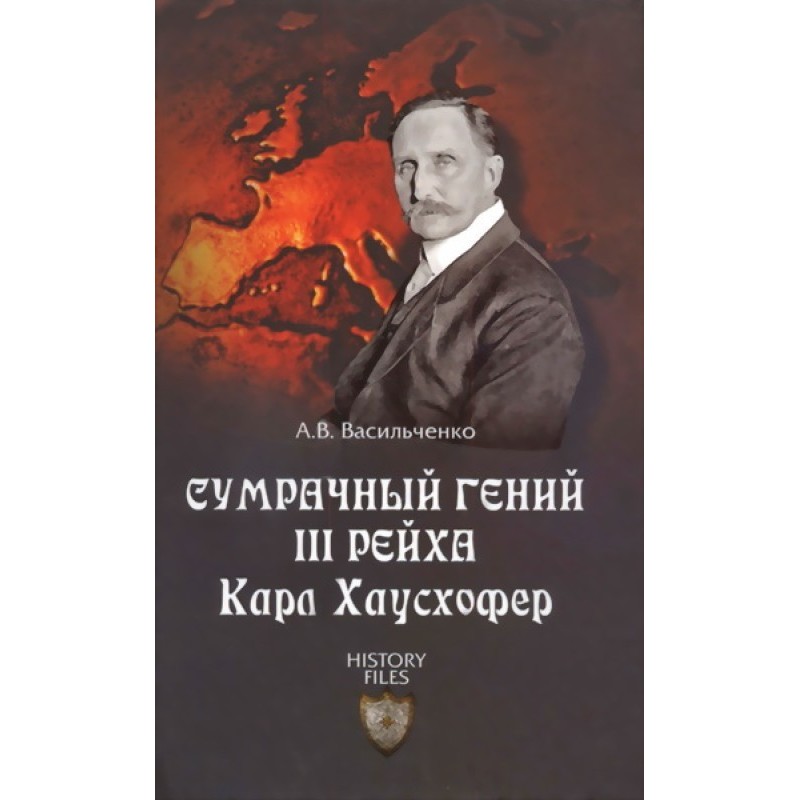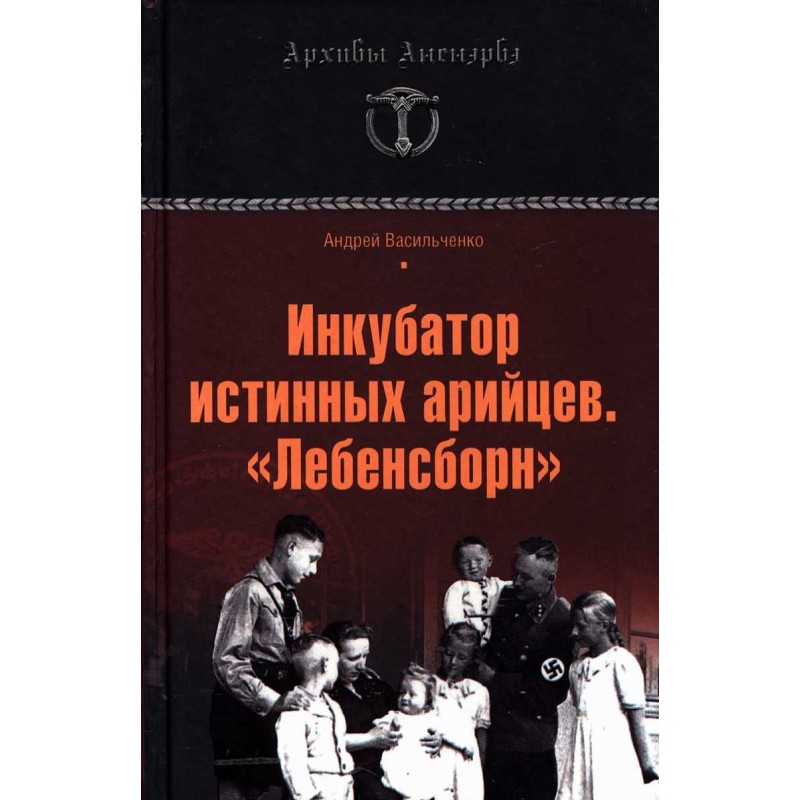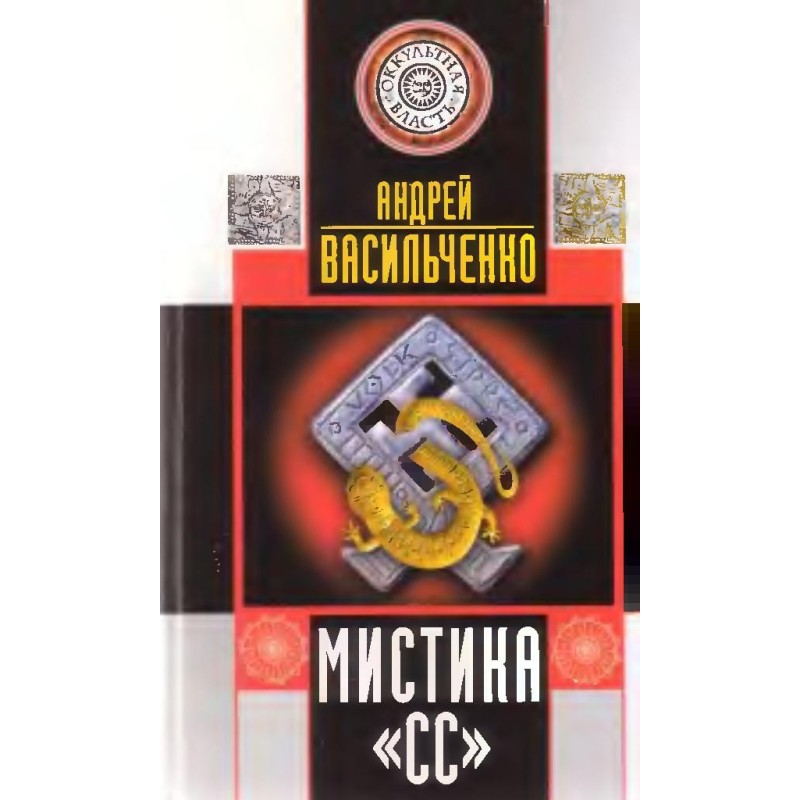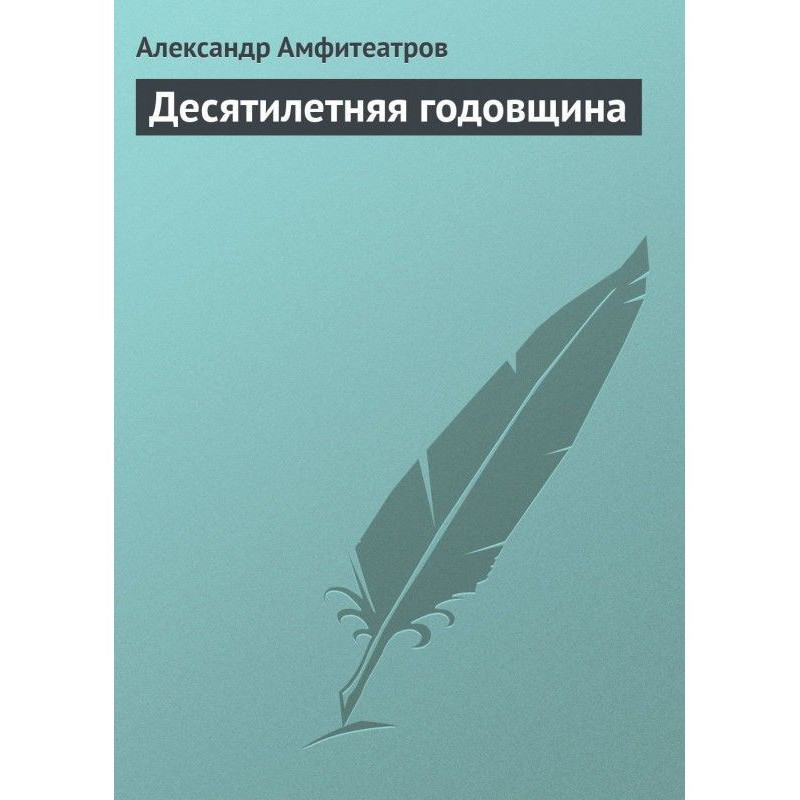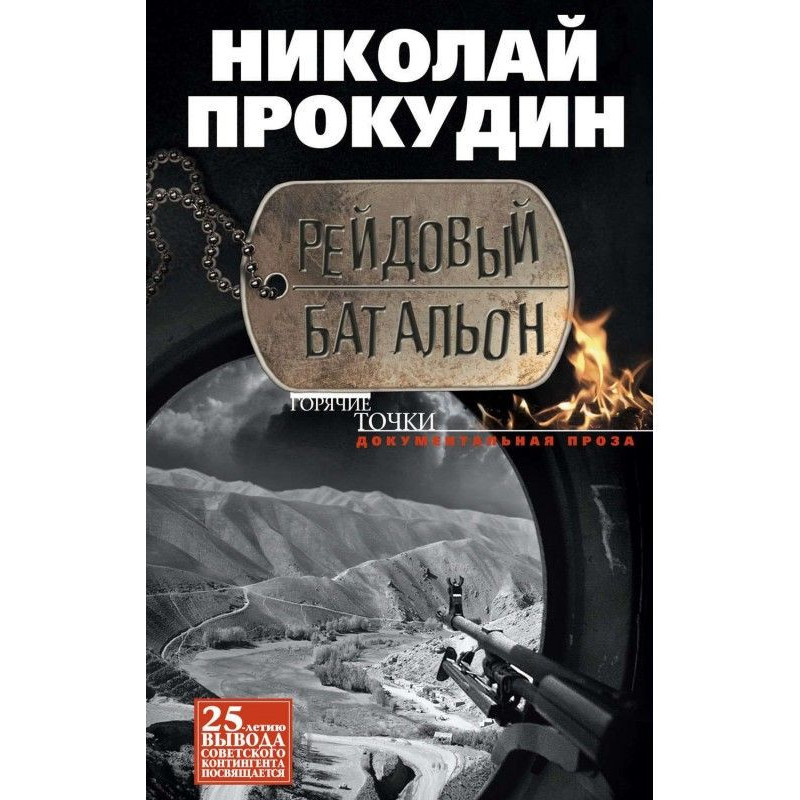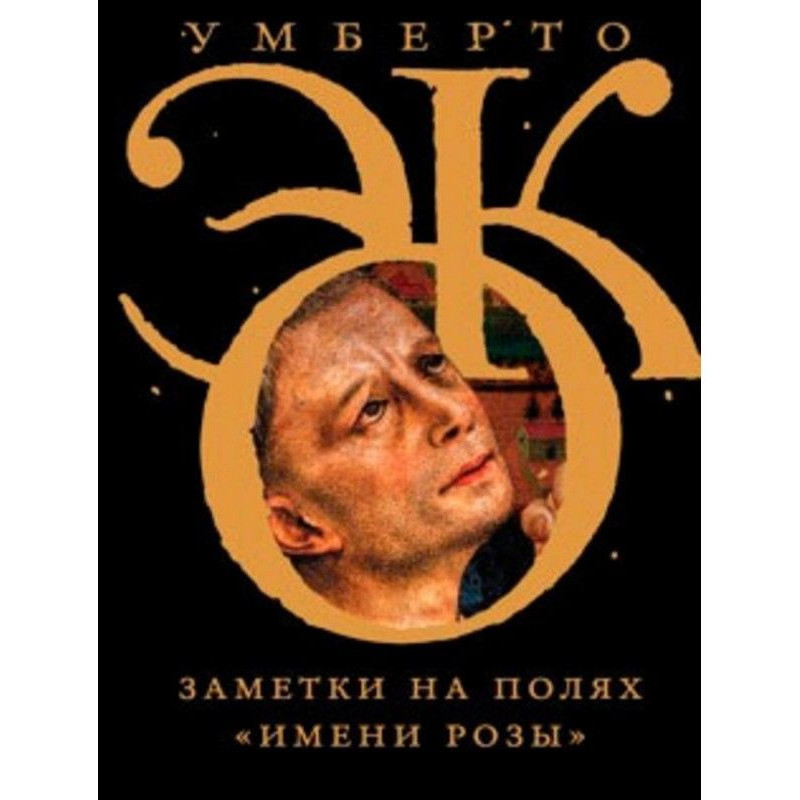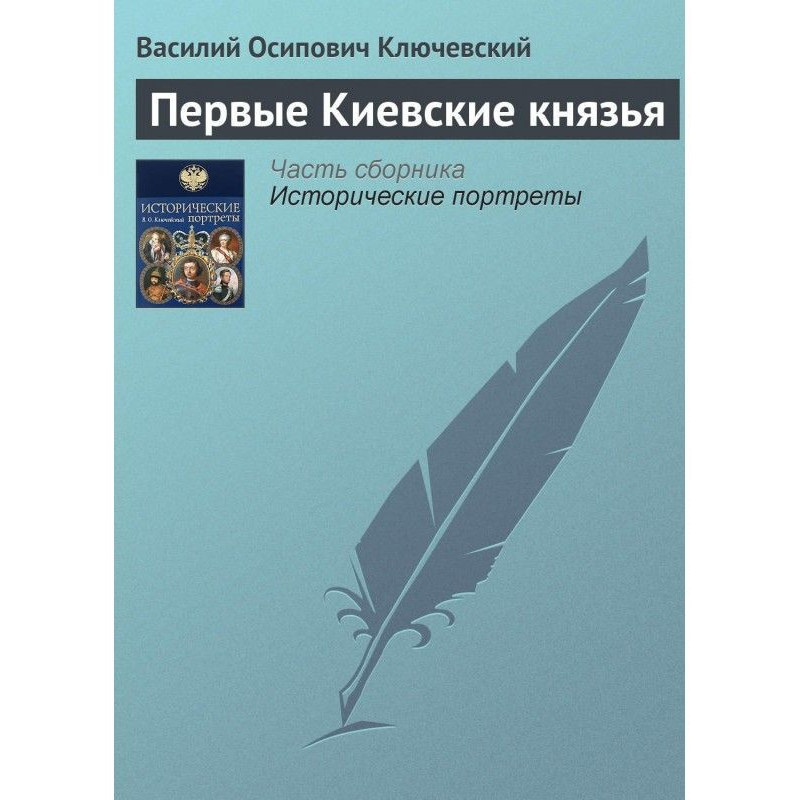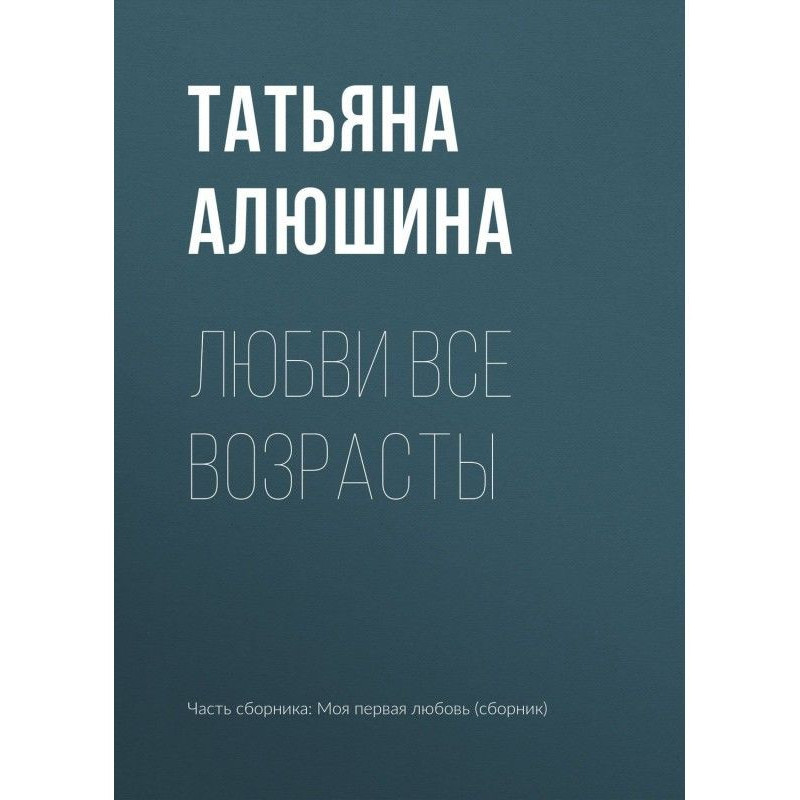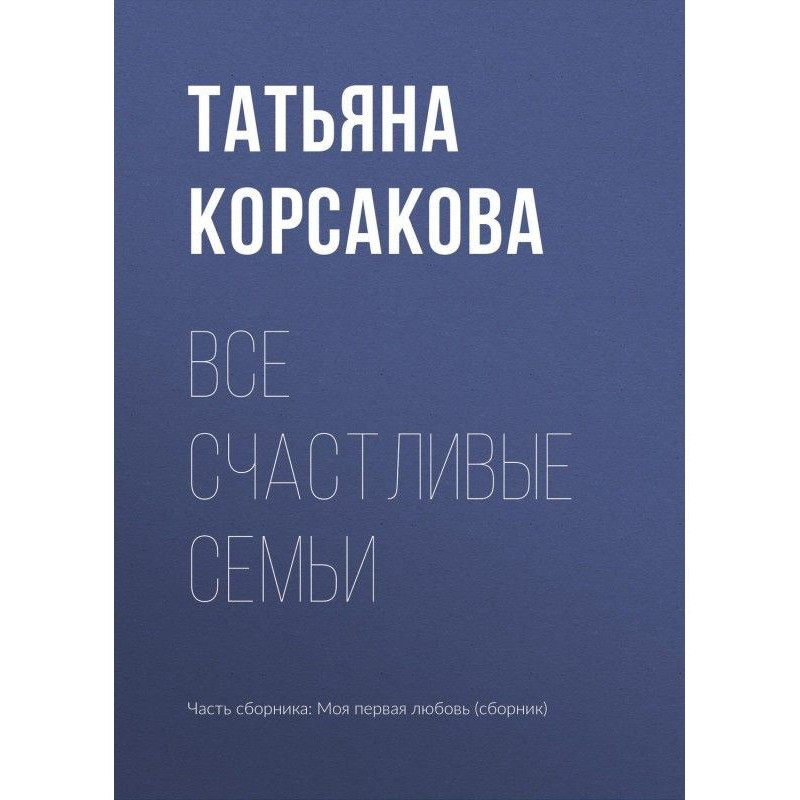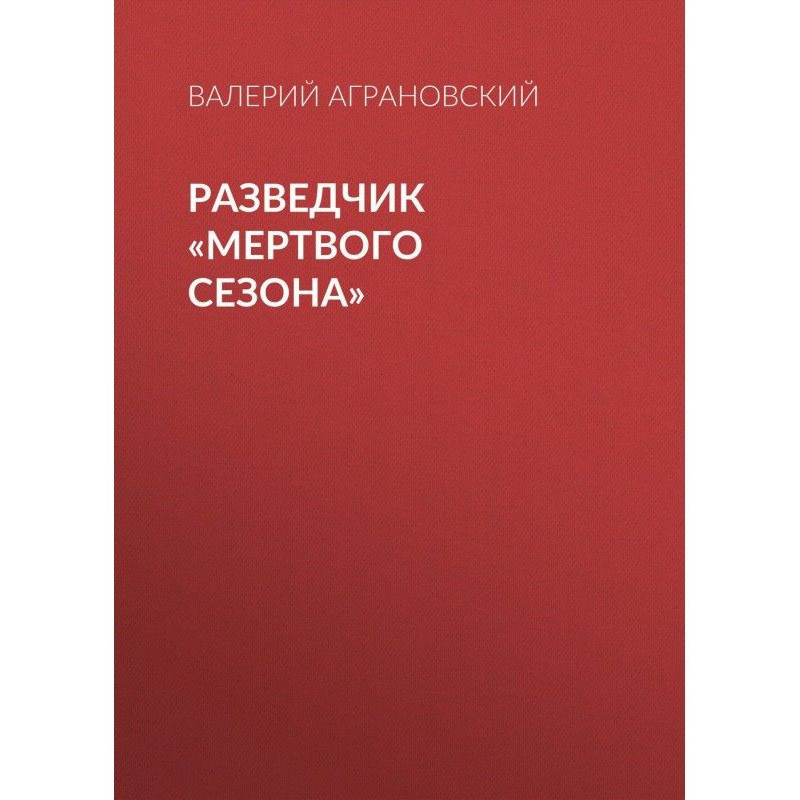"Faustniks" in battle
 Instant download
Instant download
after payment (24/7)
 Wide range of formats
Wide range of formats
(for all gadgets)
 Full book
Full book
(including for Apple and Android)
If you believe the memoirs, the Wehrmacht’s “Achilles heel” at the beginning of World War II was anti-tank defense. It was not for nothing that the main German anti-tank gun of that time, the Pak-36, received the contemptuous nickname Anklopfgerät (“beater”) - in 1941 it was virtually useless in battle with the latest Soviet tanks, not penetrating the armor of the “thirty-four” and especially the KV even at point-blank range. Over time, the situation changed for the better, and in 1943 a real “anti-tank revolution” took place - the German infantry was the first to receive individual weapons that could effectively fight any enemy armored vehicles at close ranges. By the end of the war, German rocket-propelled grenade launchers that fired cumulative projectiles were “faust cartridges.” ", "ofenrors", "panzerschrecks" - turned into the worst nightmare of the tank crews of the Anti-Hitler coalition. In close combat, a frightened boy from the Hitler Youth with a Faustpatron or an old man from the Volkssturm with a Panzerschreck in shaking hands were often much more dangerous than experienced crews of Tigers and Panthers. In urban battles, Soviet tank units suffered huge losses from the Faustniks. So it was in Budapest, so it was in Breslau and Berlin...
Data sheet
- Name of the Author
- Андрей Васильченко Вячеславович
- Language
- Ukrainian
- Release date
- 2008
Reviews
Вражаюча історія про протитанкову боротьбу
Книга «Фаусники» пропонує читачеві унікальний погляд на один з найважливіших аспектів Другої світової війни - протитанкову оборону німецьких військ. Автор детально розглядає еволюцію німецького протитанкового озброєння, починаючи з безсилого Pak-36 і закінчуючи ефективними «офенрорами» та «панцершреками». Читач дізнається про те, як прості солдати, озброєні новими технологіями, ставали справжніми героями на полі бою, завдаючи серйозних втрат радянським танковим частинам. Книга сповнена історичних деталей, які роблять її не лише захоплюючою, але й пізнавальною. Хоча текст перекладено за допомогою штучного інтелекту, що іноді призводить до незначних неточностей, загальна якість перекладу залишається на високому рівні. Рекомендую цю книгу всім, хто цікавиться військовою історією та хоче дізнатися більше про маловідомі аспекти Другої світової війни.

